
'In May 1348, a ship glided into the port of Melcombe Regis in England, carrying a disease from the east that had already ravaged the western world. It had killed men, women and children in their thousands quickly and mercilessly. This was the bubonic plague, identified by the blackening 'buboes' that formed within the joint area of an infected person - the groin or armpit were the most common places. These were accompanied by bodily aches, cold, lethargy and a high fever. When the infection got into the bloodstream it effectively poisoned the blood, leading to probable death. Some survived the infection, but most people died within days, sometimes hours. This wave of bubonic plague became known then as the Great Pestilence - or later, as the Black Death.
Edward III, king of England, had to act quickly to protect the public from infection
The plague at Tournai, Belgium, as depicted in Gilles Li Muisis's annals of 1349
WIDESPREAD DEVASTATION
By November 1348 the disease had reached London, and by New Year's Day 1349 around 200 bodies a day were being piled into mass graves outside the city. Henry Knighton, an Augustinian monk, witnessed the devastation of the Black Death in England: "There was a general mortality throughout the world... sheep and oxen strayed through the fields and among the crops and there was none to drive them off or collect them, but they perished in uncounted numbers... for lack of shepherds... After the Pestilence many buildings fell into total ruin for lack of inhabitants; similarly many small villages and hamlets became desolate and no homes were left in them, for all those who had dwelt anthem [sic] were dead."
A statuette of Joan of England on the tomb of her father, Edward III. The princess died of the Black Death in 1348, aged just 14
This story is from the {{IssueName}} edition of {{MagazineName}}.
Start your 7-day Magzter GOLD free trial to access thousands of curated premium stories, and 9,000+ magazines and newspapers.
Already a subscriber ? Sign In
This story is from the {{IssueName}} edition of {{MagazineName}}.
Start your 7-day Magzter GOLD free trial to access thousands of curated premium stories, and 9,000+ magazines and newspapers.
Already a subscriber? Sign In
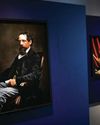
'Dickens's evocation of the fears, excitement and confusion of childhood is peerless'
DR LEE JACKSON ON WHY CHARLES DICKENS REMAINS RELEVANT TODAY
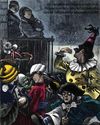
THE AUTHOR GOES ABROAD
Dickens expanded his horizons and boosted his fan-base by venturing overseas - but global fame came with a cost
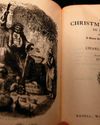
REVIVING THE FESTIVE SPIRIT
A Christmas Carol wasn't just a bestseller - it changed the way that Britons chose to mark the festive season

GIVING THE POOR A VOICE
From Hard Times to Oliver Twist, Charles Dickens used his pen to help illuminate the lives of the less fortunate
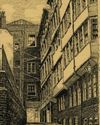
A JOURNEY THROUGH DICKENS'S LONDON
The works of Charles Dickens are synonymous with visions of Victorian London. We talk to Dr Lee Jackson about the author's love of the capital, and the locations that most inspired him
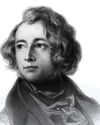
EXCEEDING EXPECTATIONS
Dr Lee Jackson chronicles Charles Dickens's journey from down-at-luck teenager to titan of Victorian literature
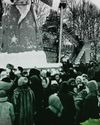
GIFTS, TREES & FEASTING
We take a journey through the photo archives to reveal how Christmas and its many traditions have been celebrated over the years - and around the world
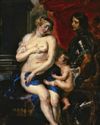
WHAT GREAT PAINTINGS SAY
We explore the story behind an allegorical painting that celebrates the triumph of love over hate, peace over war
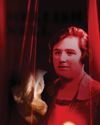
HELLISH NELL
Malcolm Gaskill delves into the life of Helen Duncan - the fraudulent Scottish medium whose ectoplasm-filled seances saw her ending up on the wrong side of the law

7 THINGS YOU (PROBABLY) DIDN'T KNOW ABOUT THE WHITE HOUSE
Presidential historian Dr Lindsay M Chervinsky reveals some of the most surprising facts about the world-famous US residence